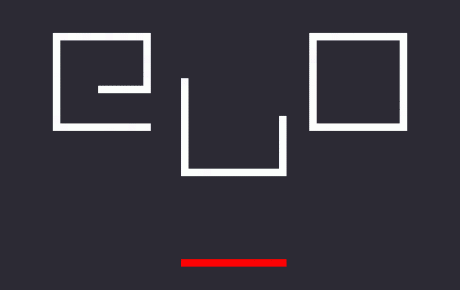The Dead Tower is one of Mez Breeze and Andy Campbell's first collaborative projects. It merges two important sub-genres of electronic literature, codework and games. From this intersection, The Dead Tower says something unique about how digital literatures encourage reader interaction in a radically different way than print-based poetics. In The Dead Tower, the user is dropped into a dark narrative gaming world where the wreckage of a bus crash is littered throughout an uneven, rocky landscape. Throughout the landscape, bright white text written in Breeze’s trademark codework poetic language, mezangelle, provides hints about navigation, and recounts, in fragments, the narrative of the bus crash, the wreckage of which is all around the user navigating the space.
Because the text in the game is bright white, set before the dark background of the landscape, one might expect that it would draw the reader’s eye. Instead, the creolized utterances and programmable code tends to merge, sometimes illegibly, with the rocks and cliffs of the landscape. Using the cursor to look around, the direction keys to move, and the space bar to jump, the user must figure out how to navigate with the presumable end-goal of making it to a text-covered tower, the work’s namesake. Campbell and Breeze work from the context of gaming narratives, particularly in the form of first-person shooters and other similar gaming interfaces through which the reader as player navigates these systems. Gamers might have difficulty adjusting to the point-of-view and navigation functions because they are used to a more integrated relationship between the two in typical gaming controls.
Ultimately, as the reader navigates textual space in the virtual world, they are encouraged to make substantial use of their own whims, desires, and subjectivity. Making their way to the vantage point at the top of the titular tower is perhaps only one way of reading the work: suggested because of the title. Once the user finally makes their way to the top of the tower, they are awarded only with a different vantage point; nothing about the world or the text that fills it changes in any way. The freedom with which the reader navigates this textual space is an obvious metaphor for reader freedom. It is heavy-handed; nothing about the ominous music, broken languages, or dark and foreboding atmosphere of The Dead Tower is subtle. Instead, the work flaunts its disruptive practices just as it flaunts the freedom of the reader to navigate this space.







